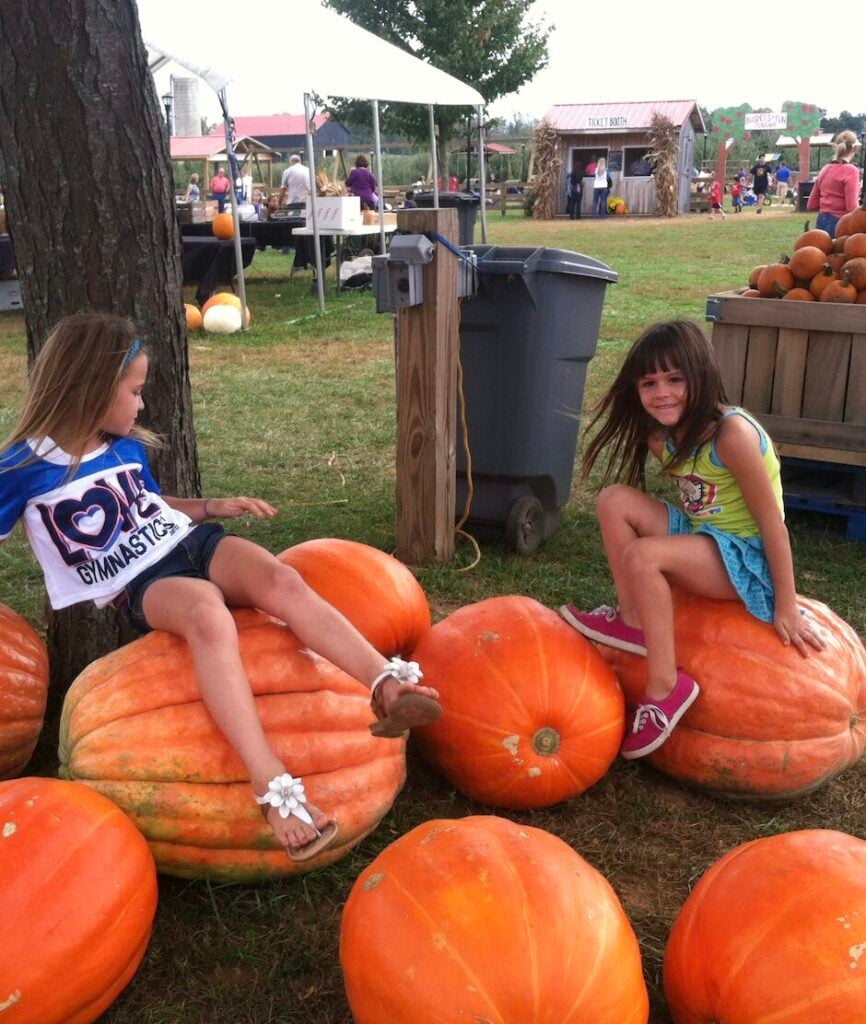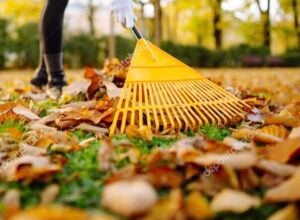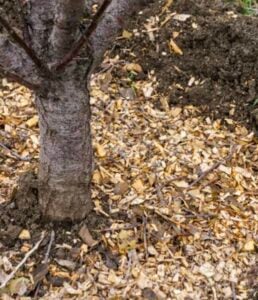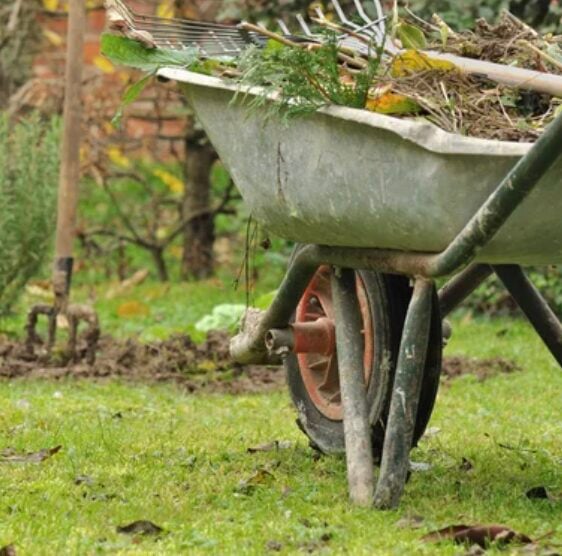By Jennifer Jahn
NKyTribune staff writer
Northern Kentucky is basking in autumn’s sunshine as residents visit pumpkin patches, explore hiking trails, and sip coffee outdoors, soaking up the season’s warmth. But before we settle in for the colder months, it’s important to remember our yards. Lawns, plants, and trees all need a little attention before winter’s quiet sets in.

Lawn Care
• Leaves: get each kid a rake and make it a family activity or use a mulching mower and listen to a podcast. Thick layers of leaves or forgotten piles of twigs can smother your grass and leave dead spots.
• Weeds: pulling weeds help to stop them from going to seed and spreading across your lawn.
• Mow: cut your grass a little taller than in the summer. This will help to protect the root and prevent snow rot. This can cause circular patches of matted, straw-colored grass and can kill the grass blades, and in some cases, the roots.

• Aerate: You can aerate your lawn with a core aerator, spike aerator, or a garden fork. Aerating the soil creates small holes that allow air, water, and needed nutrients to reach the grass roots. This process creates deeper root growth and your lawn will have a stronger tolerance to heat and drought.
• Fertilizer: Apply a fertilizer specific for fall or has a slow-release formula. This will give your lawn the energy to survive the winter and have a strong start for spring.
• Overseed: It’s time to overseed thin or bare patches with grass seed. Remember to gently rake the seeds into the soil to ensure good contact and water lightly.
• Equipment: after your final mow of the season it’s time to clean your lawn mower, change the oil, remove the fuel or add a stabilizer before storing it for the winter.
Garden Care

• Clean: look for any diseased or infested plants. If you find a serious problem collect the leaves and dispose of them outside your yard through leaf or landscape waste pickup.
• Mulch: roots can be killed by cold. Also, if winter happens to be short or unseasonably warm it can fool the plants to come out of dormancy too soon. To protect your garden make sure it’s covered by 1- to 2-inch layer of mulch.
• Plant: it’s time to plan bulbs. Daffodils, tulips, and crocuses bulbs should be planted now in a site with full sun.
• Prune: pruning now gives plants time to heal before winter sets. Remove what is dead or unhealthy versus heavy cutting back.
Tree Care
• Water: before the ground freezes, water your trees deeply. This will help them to retain moisture through the winter.

• Mulch: your trees need a thicker layer of mulch than your garden. It is recommended to spread a 2- to 4-inch layer or organic mulch around the bases of the tree. However, keep it a few inches away from the trunk to prevent rot.
• Sunscald: young or thin-barked trees can be damaged by intense sun exposure during the day and freezing temperatures at night. To help prevent this you can wrap the trunk with tree guards or paint the lower 2-3 feet of the trunk with 50/50 latex paint and water mix.
• Prune: pruning any dead, diseased, or damaged branches. Pruning also will help with ice buildup.
Winter always arrives, but before it does, we’re gifted with cool, crisp air and warm afternoons. As we batten down our homes, plan for the holidays, and trade cotton sheets for flannel, don’t forget to set aside a few days for winter yard prep. Your future self will thank you when the snow melts and your yard bursts back to life.





















